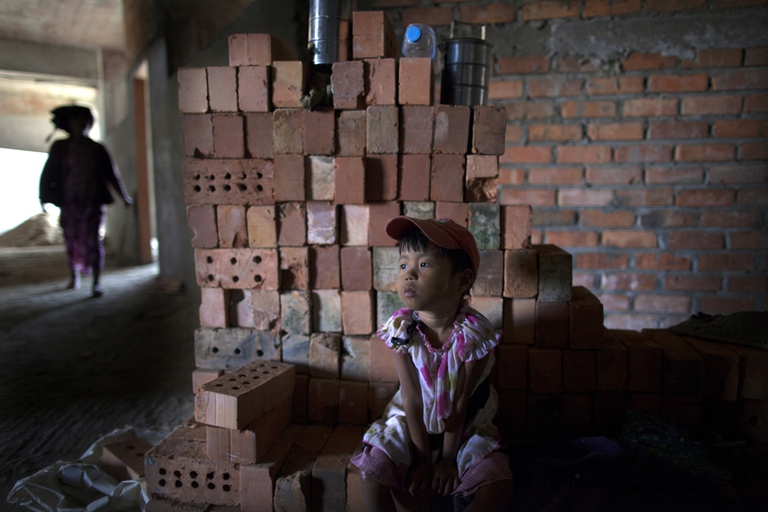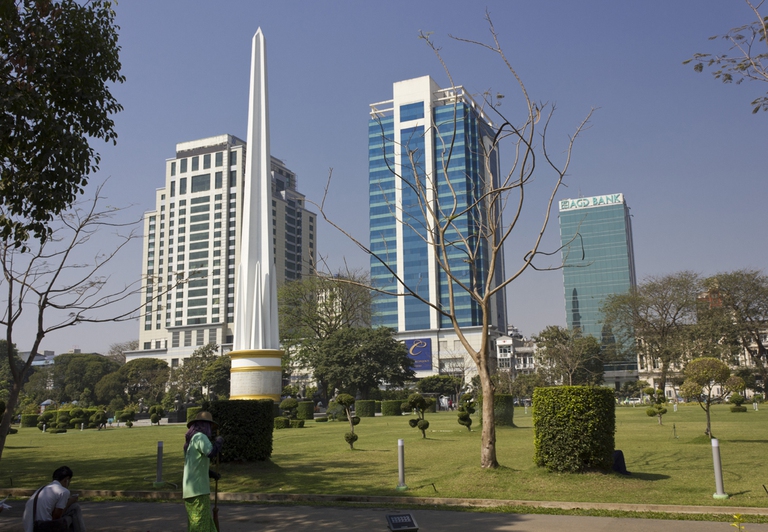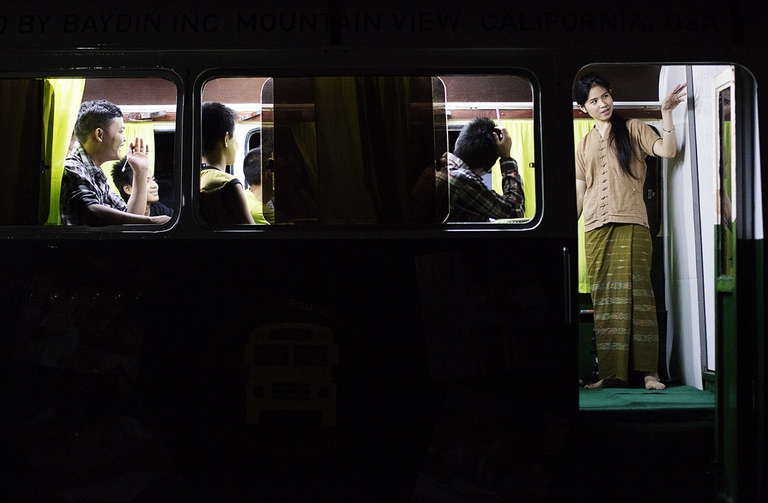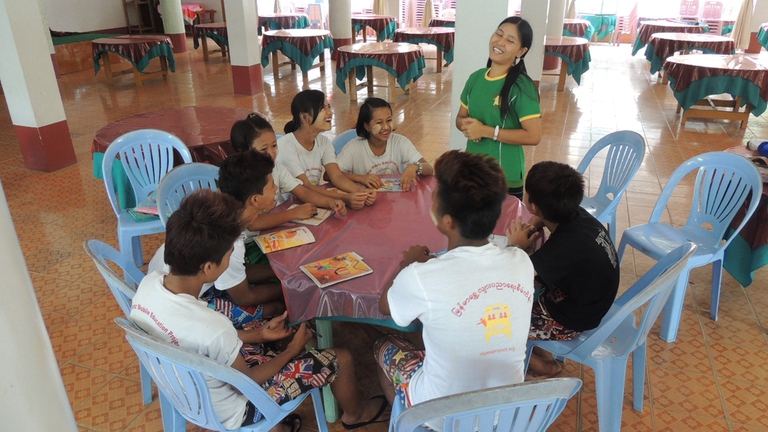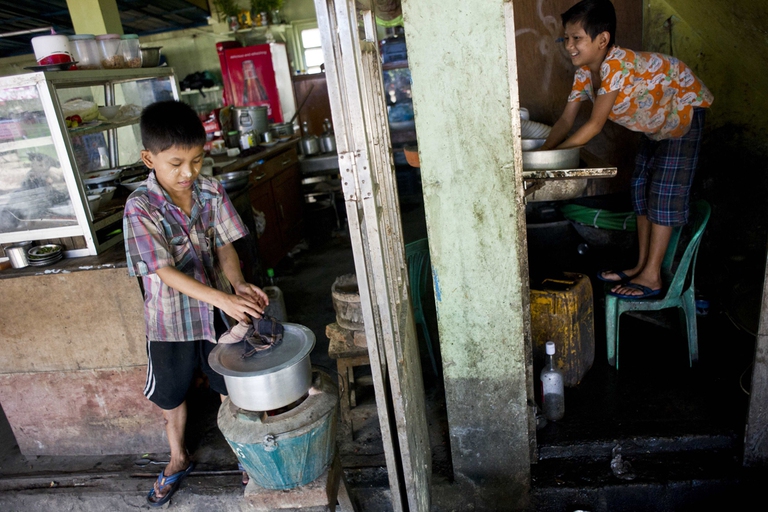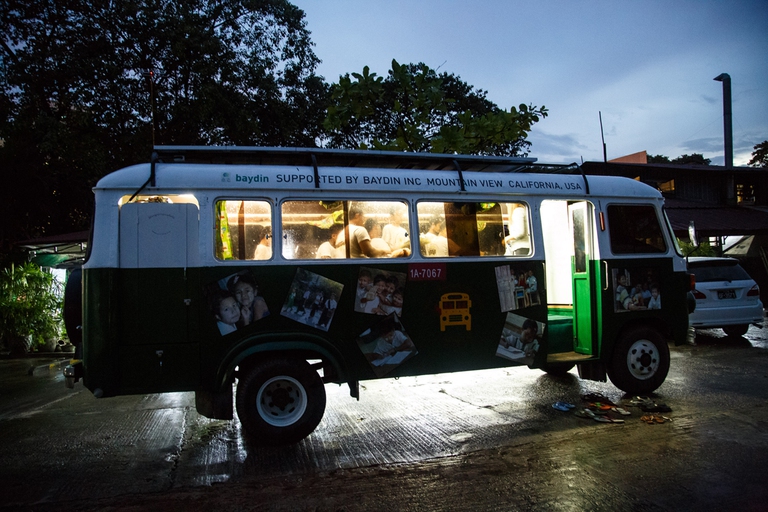
The World Forum on Urban Forests took place from the 28th of November to the first of December. More than 400 experts from 50 countries conversed with politicians, journalists and citizens to design the green cities of the future.
Sono sempre più numerosi i bambini birmani che dalle campagne si recano nelle metropoli in espansione in cerca di lavoro dopo l’apertura al libero mercato.
While Myanmar – referred to as Burma until 1989 – is opening up to democracy and the free market, more and more Burmese children are moving from rural areas to cities in search of work. Since 2012 migratory flows – a typical phenomenon in developing nations such as China – have started to take hold in the country.
Over the past four years and after the first democratic elections won by the National League for Democracy led by Nobel prize-winner Aung San Suu Kyi, more rights have been granted to citizens. At the same time, however, more abuses and contradictions have been allowed.
Thousands of minors, alone or with their parents, are abandoning their villages and dropping out of school to flee poverty and support their families. Yet, due to their vulnerability and lack of parental protection, they’re often victims of trafficking and exploitation in tea shops, construction sites, hotels, restaurants and in the streets, where they’re forced to sell small objects and beg. Traffickers (also referred to as brokers) are mostly those who find children jobs and mediate between families and employers, often cheating on the kids’ destinations.
Child labour has always represented one of Myanmar’s most urgent problems. The government’s latest investigation, conducted in 2015, suggests that there are some 1.3 million underage workers in Myanmar (out of a total of 12 million), mostly employed in dangerous tasks that threaten their physical, mental and moral development. Despite the figures calculated by the Burmese government appear to be rather high, observers think they’re in fact underestimated. In addition, there is no certain data on new migrations caused by rapid urbanisation after 50 years of military dictatorship (1962-2012). Many children’s rights activists, however, report that these “little migrants” amount to many thousands.
“Ever since we launched the project of informal education threes years ago we’ve worked with more than 5,000 children,” says Tim Aye Hardy, chairman of myME, Myanmar Mobile Education Project. “Our programme currently involves more than 3,000 students, most of whom come from tea shops, inns, monastic schools and communities in need. Some of them are orphans”.
Hardy, who joined student demonstrations against the military in 1988 and had to seek refuge in the United States the following year, has returned to Myanmar with a simple yet effective idea: renovating old school buses and making them safe, comfortable and colourful places for students to visit after work. As myME’s videos show, buses help students by becoming mobile schools for a couple hours a day, as well as meeting points where psychological assistance can also be sought. “We not only teach how to write and do sums, we help them develop critical awareness, self-esteem and how to live together,” Hardy explains.
We asked Hardy how his country has changed since he left. “Yangon’s landscape changes a lot every day. Since the opening up (towards democracy and capitalism) skyscrapers and hotels are being built and commercial activities launched. But this occurs with a lack of proper infrastructure, basic transport routes and in a social and educational system that is dysfunctional,” he told us. Mobile schools are greatly successful in the big cities of Yangon, Mandalay and Kyauk-Se, so much that myME had to gather all students in tea shops after closing at night. A similar initiative was launched in a different and developed context – Japan – where poor (non-worker) children are welcomed in cafés to receive support and a meal.
Employing minors as workers has become acceptable to a number of restaurant owners and most Burmese people as it represents a form of sustenance for the poorest. Selim Benaissa of the International Labour Organisation (ILO) confirms this to us. The UN organisation has defined child labour as a practice to be targeted for elimination. “Child labour is often defined as work that deprives children of their childhood, their potential and their dignity, and as harmful to physical and mental development”. It can also interfere with children’s schooling. In Myanmar there are many cases of child soldiers, kids forced into prostitution and so-called “debt bondage”, i.e. forced labour as repayment for a debt.
Selim Benaissa says the migration of children and adults is mainly directed to the country’s biggest cities, Yangon and Mandalay, and their suburbs and industrial areas. “The gap between the development of a few cities and the majority of urban centres is clear and dangerous. If economic activities aren’t balanced on a geographical level, migrations will continue and so will the threats linked to child labour”.
In 2013 the Burmese government ratified Convention C182 (the Worst Forms of Child Labour Convention) and revised certain laws. Children below the age of 14 aren’t allowed to work in shops and factories, while adolescents from the ages of 14 to 15 can’t be employed for more than four hours a day and at night. Yet the country boasts a painful record, with 52 to 60 hours of work per week. Tim Aye Hardy explained to the Asia Times how inflation and a general increase in living costs has led employers to rely on children, not paying them properly – barely a dollar a day and 22 dollars a month.
Benaissa, however, hopes for improvement: “Since reforms began in 2012 people can talk more openly about issues like child labour. Many stakeholders are committed to fighting it, including the government, ILO, civil society, trade unions and employers’ organisations. Yet coordination between government agencies and ministries must be improved”. Despite the fact that the government, supported by the UN, released 322 child soldiers in 2014 and 146 in 2015 the practice is still widespread among the country’s guerrillas (separatist groups in conflict with the state) and as servers, cooks, dishwashers in the national army based on its policy of self-sufficiency. And displaced children of Shan (100,000) and Rohingya (120,000) minorities in Kachin State are particularly vulnerable to trafficking.
Siamo anche su WhatsApp. Segui il canale ufficiale LifeGate per restare aggiornata, aggiornato sulle ultime notizie e sulle nostre attività.
![]()
Quest'opera è distribuita con Licenza Creative Commons Attribuzione - Non commerciale - Non opere derivate 4.0 Internazionale.
The World Forum on Urban Forests took place from the 28th of November to the first of December. More than 400 experts from 50 countries conversed with politicians, journalists and citizens to design the green cities of the future.
Introducing plants into buildings to absorb CO2, eliminating indoor pollution and improving your mood. This is green architecture.
The Semìno project is a journey of discovery through different countries’ food habits, offering migrants employment opportunities and allowing us to enjoy the properties of vegetables from all over the world.
A few of the best ideas for rooftop farms from around the world. Where farm-to-table agriculture is becoming a key components of urban growth.
A great Amazon reforestation project has been agreed in Brazil, the largest in history. Will it endure the victory of Jair Bolsonaro’s far-right politics in the presidential election?
A million plants and 40,000 trees. Liuzhou Forest City, designed by architect Stefano Boeri, is set to be inaugurated in 2020 in the northern Chinese city.
Urban forests are the local answer to global problems. The benefits are numerous and affect many areas such as the climate, biodiversity, health, tourism.
Architects Stefano Boeri’s call to action on urban forestry asks planners all over the world to consider greening our cities as the core element of all projects.
The project is similar to New York’s famous High Line constructed on the railway that once connected the Meat Market to Midtown. But in the case of Seoullo 7017 in South Korea’s capital Seoul, a walkway has been constructed on an overpass dating back to 1970 where cars once sped along, and where today people can wander and enjoy the revitalised area. The Seoullo 7017
